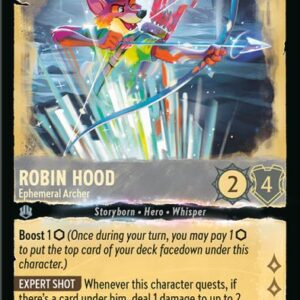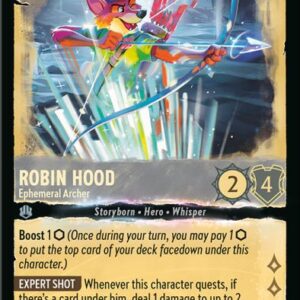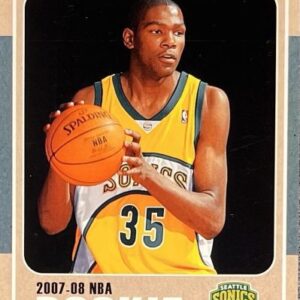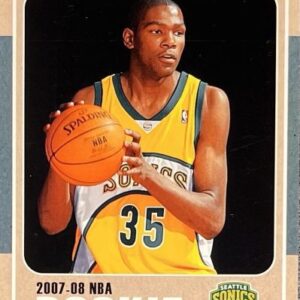In the captivating and often fantastical world of Magic: The Gathering, the thrill of drawing a powerful card from a booster pack or trading for that missing piece of your prized deck is unmatched. But nothing can sour that joy faster than the crushing realization that the card you were sure would be a game-changer is, in fact, a counterfeit. The conundrum of counterfeit Magic cards is one that even the most seasoned collectors must navigate with care. However, fear not; by engaging a few straightforward yet astute methods, you can protect your collection and keep the magic alive.
The journey toward becoming a counterfeit-detecting virtuoso begins with the most basic yet essential step: trust your senses. A genuine Magic card possesses a distinct matte texture that feels like it belongs in the world of spell-slinging, unlike the glossy or slippery imposters that feel misplaced, akin to a laminated menu rather than a treasure packaging a plane-altering spell. If ever in doubt, compare the questionable card to a basic land card from the same set, and let the tactile differences inform your judgment.
Moving from touch to the illuminating realm of optics, the light test stands as a stalwart truth-revealer. By holding a card up to a flashlight, one can discern the heart of its authenticity. Real Magic cards feature a unique blue core encased between layers of paper, allowing light to permeate with a soft, cool glow. Counterfeits frequently betray themselves by being either too thick, obstructing all illumination, or too thin, resulting in an unseemly brightness. Such discrepancies are stark beacons to the discerning eye.
If you’re ready to dive deeper into the details, investing in a 30x magnification jeweler’s loupe can be a game-changer, figuratively translating to a truth serum for your cards. When scrutinizing a card with a loupe, focus on the rosette pattern—a hallmark of legitimacy. Real Magic cards are printed with a sophisticated series of tiny, circular dots forming rosettes that grace both the artwork and the text box. Counterfeits, in their attempt to replicate, often present as a dubious smudge of blurry dots, digital pixelations, or unruly and inconsistent grids.
Furthermore, the authenticity of Magic cards is written in black and white—or, more specifically, in the nuances of the ink. The solid black test emphasizes this. Genuine cards utilize a bold, distinct black ink for names, mana symbols, and text—a feature that is separate and palpable. A counterfeit card, through a magnified lens, will likely reveal a muddled composite of colored dots instead of a clean, bold line, akin to a failed abstract painting rather than a clear statement.
Yet, no detour into the nuances of Magic’s certification would be complete without examining the infamous green dot “L” test. By inspecting the card back, a sharp eye will uncover a red dot pattern nestled inside the yellow-green border of the green mana symbol, orchestrating a small, upside-down “L.” Absence, misalignment, or sheer blurriness of this detail tends to be a significant giveaway of a card’s counterfeit nature.
The world of Magic: The Gathering evolves with each release, and so do the methods of safeguard. Since the advent of Magic 2015, rare and mythic cards have adopted an oval hologram stamp as a counterfeiting countermeasure. Authentic stamps maintain a harmonious, flush presence upon the card, embellished with minute details like planeswalker symbols or mana icons that counterfeiters struggle to duplicate with fidelity. If a stamp appears raised, grainy, or looks as if it was transplanted from another card, then skepticism is well-warranted.
To those who might desire a physically destructive determination—such as tearing or bending a card to expose the blue core—let prudence prevail. Such practices are susceptible to damaging authentic cards without yielding definitive proof. Counterfeiters have grown wise to such attempts, rendering them increasingly ineffective. A gentle touch coupled with the aforementioned non-destructive methods will serve you better in the modern age of card collecting.
As you delve into the realm of Magical counterfeiting detection, remember that mastery comes not from reliance on a single method but through the art of evidence stacking. Feel the card, test it with light, examine its intricate details through your loupe, and understand it through the language of its ink. Becoming adept at spotting counterfeits will only enhance your journey as a collector, empowering you to protect your investment and champion the integrity of the game. Embrace the pursuit of knowledge, and with practice, watch as your detection skills grow as potent as your most formidable deck.






